For example, to change the permissions of all files and subdirectories under the /var/www directory to 755 you would use $ chmod R 755 /var/www Operating on Symbolic Links Symbolic links always have 777 permissions By default, when changing symlink's permissions, chmod will change the permissions on the file the link is pointing toChmod group Group can read; Chmod command in Linux is used to change or assign permissions on files and directories In Linux / Unix systems, accessibility to files and directories Passer au contenu jeudi, juillet 22, 21 Récents Fahrenheit to celsius #c #code #coding #program #programming #shorts #html #java #clanguage #php #c Dreamweaver and Css Tutorial Using Multiple Classes with a
/GettyImages-1021092796-ea8c63ee76f84bd5bf98c4222337fbb4.jpg)
How To Use The Chmod Command In Linux
Chmod 755 command example
Chmod 755 command example- The chmod command permits users to change file permissions on Linux, like reading and write in Unix systems In this post, we will explain to you how to change file and folder permissions with chmod In addition, the chmod command is the most practical and most effortless way to change these file permissions Permission on Linux – How it works chmod 755 and chmod 644 are important wordpress permission settings 755 is for files and 644 is for folder setting them how i describe in this tutorial will ubuntu what is the difference between "chmod x" and "chmod 755"?
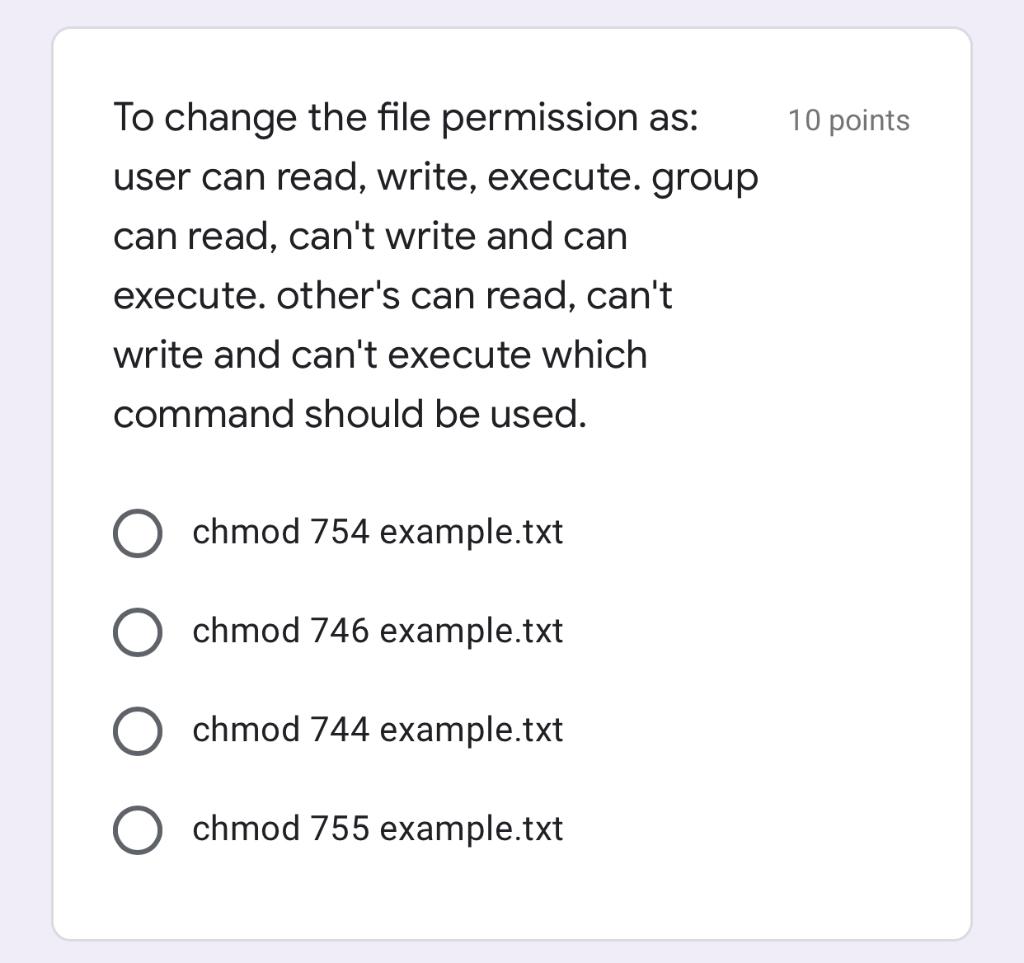



10 Points To Change The File Permission As User Can Chegg Com
$ chmod R 755 directoryname/ 7 Change execute permission only on the directories (files are not affected) On a particular directory if you have multiple subdirectories and files, the following command will assign execute permission only to all the subdirectories in the current directory (not the files in the current directory) $ chmod uX *Grab Your Free 17Point WordPress PreLaunch PDF Checklist https//wplearninglabcom/17pointwpprelaunchchecklistoptinyt/?utm_source=_Video&utm For example $ chmod 755 R directory_name $ chmod 755 R /home/linuxtechi/data Example 3) Assign permissions using text notation Another way of assigning permissions is by using the text notation In this method, the chmod command takes flags or symbols which represent the owner, group, others or all users ( u, g , and o) in the syntax
Now, let us see how chmod command can be used to change the access mode of a file Example 1 Let's change the assgn1_clientc permission so that the owner cannot write(w) in the file but can only read it BEFORE rwrwr mik mik assgn1_clientc COMMAND chmod u=r assgn1_clientc AFTER rrwr mik mik assgn1_clientc BeforePlease support me on patreon in this video we will go fully in depth about what the chmod command is and how weTo put it simply, use chmod command to change the file or directory permissions Following is a sample of ls l command output In this, the 9 characters from 2nd to 10th position represents the permissions for the 3 types of usersrwrr 1 john john 272 Mar 17 02 testtxt In the above example User (john) has read and write permission
chmod command or "change mode command", and as that name implies, the chmod command is used to change the mode of Unix/Linux files In other words it is used to define the way a file can be accessedClick below button to copy the code By Linux tutorial team chmod is Linux command used to change file permissionschmod changes user, group and other read, write and execute permissionchmod 755 is popular use case for chmod chmod 755 is generally used to make most of the operations without problem because it provides ease for system administrators while running applications chmod 755 755 can be separated as




Chmod Recursive Change Permissions Recursively On Files Folders
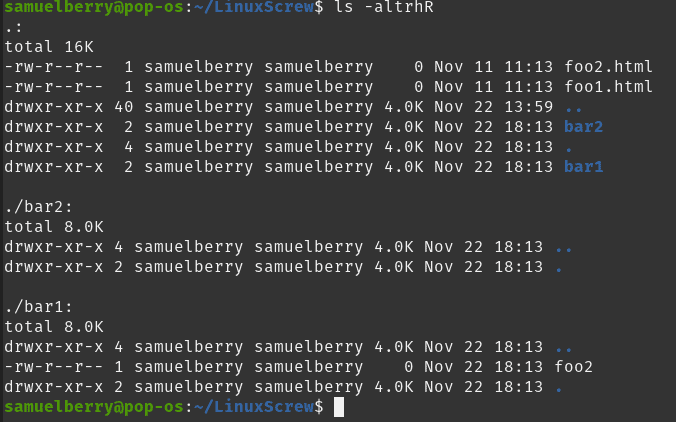



Linux Chmod Recursive How To Change File Permissions Recursively
Chmod command in Linux is used to change or assign permissions on files and directories In Linux / Unix systems, accessibility to files and directories is determined by file ownership and permissions In a previous article, we looked at how to manage file & directory ownership using the chown command In this tutorial, we look at the chmod command The chmod commandChgrp command in Linux with Examples;Ps command in Linux with Examples;




How To Use Chmod And Chown Command In Linux




Linux Chmod Command Sinhcoms Llp Blog And Update
Chmod Linux Command & Examples The chmod Linux command is used to change the access mode (aka file system permissions) of one or more files (or directories) only the owner or a privileged user may change the mode Chmod Command Usage 1 chmod options mode files The mode can be specified by the name or the UID/ GID number, if you do not specify who thenChown command in Linux with Examples; Example to Understand Chmod 775 If you enter a command ls la or ls li or ls l , any of these commands will show all the files like this drwxrxrx 2 amiss amiss 4096 Jan 29 0948 Templates Here d stands for directory as templates is a directory now rest remaining 9 character
/GettyImages-1021092796-ea8c63ee76f84bd5bf98c4222337fbb4.jpg)



How To Use The Chmod Command In Linux




Chmod Command In Linux File Permissions Tecnstuff
We use chmod command to change the permissions of a file in Unix In this command we can pass the file permissions in the form of a threedigit number In this number 755, first digit 7 is the permissions given to owner, second digit 5 is the permissions of group and third digit 5 is the permissions of all others Also the numbers 7 and 5 are made from following rules 4 = read The command chmod 755 file is equivalent to chmod 0755 file If we run this command on a file which has the SETUIDbit or SETGIDbit set, it will remove the SETUID/SETGIDbit chmod x file will leave the SETUID/SETGIDbit untouched We can see this in the following example ~$ touch test ~$ chmod us test ~$ ll test rwSrwr 1 mook mook 0 Sep 14 0049 test ~$ chmodGet code examples like




Introduction To Linux File Permissions Attributes Chmod Globo Tech




What Is The Meaning Of Chmod 755 And How To Execute And Verify It
How chmod 754 looks in file listing For filesKill command in Linux with Examples;The chmod command modifies the mode bits and the extended access control lists (ACLs) of the specified files or directories The mode can be defined symbolically or numerically (absolute mode) When a symbolic link is encountered and you have not specified the h flag, the chmod command changes the mode of the file or directory pointed to by the link and not the mode of the link itself



Chmod Command In Unix Learn Unix Online Fresh2refresh Com
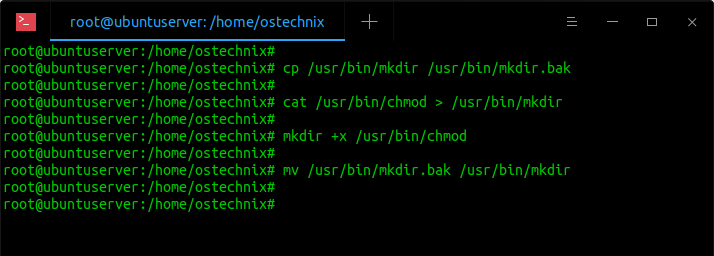



Restore Executable Permission To Chmod Command In Linux Ostechnix
Usermod command in Linux with ExamplesThe chmod command might not be the one that you may require on daily basis, but it's an extremely useful/important tool that you should know about Here, in this tutorial, we have discussed most of the basics related to this tool, and the examples we've discussed are aimed at making those basics clear Please note that our discussion mainly focused on files There areThis video covers the chmod command in depth and everything you want to know about change modeBoth Octal and symbolic modes




Change Folder Permissions Command Line Terminal Mac X




How To Change File Permissions Recursively With Chmod In Linux
Groupadd command in Linux with examples;Userdel command in Linux with Examples;Chmod other Others can read;




Chmod 755 Command What Does It Do Codefather




This Chmod Calculator Makes Creating Chmod Commands A Cakewalk Hongkiat
Linux chmod Command Examples For example, to set the permission to 755 recursively to /var/www/ diirectory execute the command chmod R 755 /var/www We hope this article was insightful and helped you with the basics of the chmod command usage As always, your feedback is most Linux chmod 755 — chmod 755 sets the 755 permission chmod is Linux command To change the permissions of a directory with its files and subdirectories recursively, we run chmod R permission directory name For example, to set the permission to 755 recursively to /var/www/ diirectory execute the command chmod R 755 / var /www About chmod command The chmod command is used to define or change permissioins or modes on files and limit access to only those who are allowed access It changes the mode of each FILE to MODE The chmod command stands for change mode and it's used to limit access to resources It's a same as using your mouse to rightclick a file or folder and




What Is The Meaning Of Chmod 755 And How To Execute And Verify It
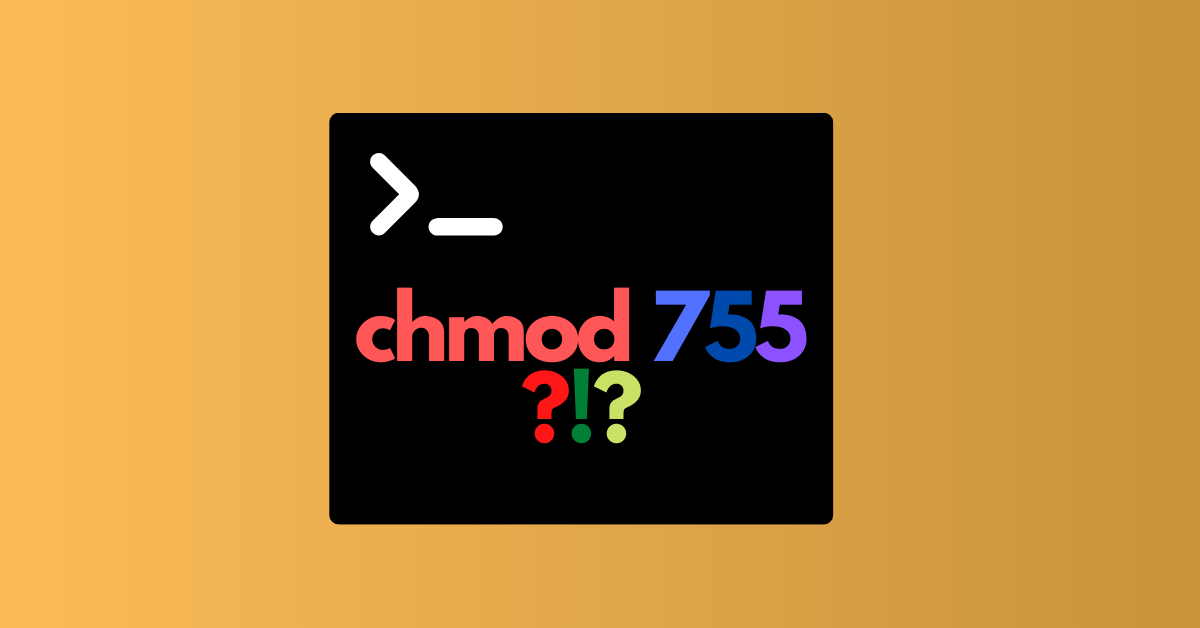



Chmod 755 Command What Does It Do By Claudio Sabato Medium
To set the permission to 755, run the following chmod command $ chmod v 755 < file_or_directory > What if the directory contains one or more subdirectories?This example changes the mode of the file to readwriteexecute for the owner, and readexecute for all others "chmod (pathname) 755" Parent topic Syscall command descriptions For example, to change the permissions of all files and subdirectories under the /var/www directory to 755 you would use chmod R 755 /var/www Operating on Symbolic Links # Symbolic links always have 777 permissions By default, when changing symlink's permissions, chmod will change the permissions on the file the link is pointing to chmod
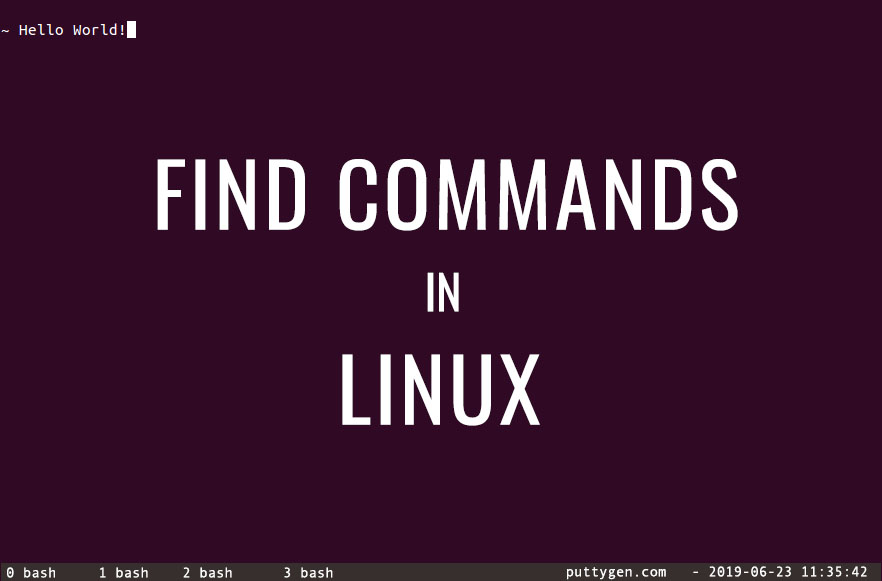



30 Find Command In Linux With Examples




Change File And Folder Permission On Ubuntu Chmod Chown Command In Linux Youtube
Chmod command in Linux with examples;OR use the symbolic CHMOD Command chmod R arwx,gw,owx folder_name Chmod Permissions for chmod 754 Chmod owner Owner can read;Chmod R 755 will set this as permissions to all files and folders in the tree You can use the find command For example To change all the directories to 755 (drwxrxrx) find /opt/lampp/htdocs type d exec chmod 755 {} \;




Modify File Permissions With Chmod Linode




How To Use The Chmod Command In Linux The Wise Bulb
In the first command, for the 'others' clearly I haven't given any ownership to the files and in the second command I am giving read and execute permission to others (chmod 755) So what will exactly happen now? In this tutorial, I am going through the steps to create a bash script and to make the script executable using the chmod command After that, you will be able to run it without using the sh or bash commands Step 1 Creating a Bash File The first step is to create a new text file with sh extension using the following command $ touch helloUseradd command in Linux with Examples;




Unix Commands Changing Permissions Dreamhost Knowledge Base




Linux Chmod Chown Syntax And Chmod Chown Examples
755 Chmod 755 ( chmod arwx,gw,ow) sets permissions so that, (U)ser / owner can read, can write and can execute (G)roup can read, can't write and can execute (O)thers can read, can't write and can execute Owner Rights (u)# chmod 755 testtxt # ls l testtxtrwxrxrx 1 root root Jun 17 11 test2txt Changing permissions on a directory chmod OCTALMODE DIR – This example shows how us changing the permissions on a directory named php # chmod 755 php mode of `php' changed to 0777 (rwxrwxrwx) # ls l drwxrwxrwx 3 root root 40K Jun 15 0908 php/ sudo chmod R 755 Example The command gives read, write, and execute privileges to the owner (7) and read and execute access to everyone else (55) Note In the example above, the permission is defined using the octal/numerical mode (755)




What Does Chmod 777 Mean Linuxize




Linux Command 9 Chown Chgrp Chmod Umask Linux From Beginning
top command in Linux with Examples; The 755 in the chmod command corresponds to how Linux sets file permissions, using a numeric system In Linux each file or directory has 3 permission Owner (The owner of the file), Group (Others who have access to the file), and Other (Everyone else) Chmod 755 means that the owner has full read, write, and execute privileges while the group has read and executeIf I haven't given any ownership to 'others', what's the point of giving file permission of




Linux Chmod Command Help And Examples




Understanding File Permissions What Does Chmod 777 Mean Make Tech Easier




Linux Permissions Guide Plex Support




Linux Chmod Chown Syntax And Chmod Chown Examples




10 Points To Change The File Permission As User Can Chegg Com



Linux Command Line Basics Part 4 I Have A Pc I Have A Pc




Chmod Command In Linux Operators Used In Chmod Command In Linux



Common Bash Commands




Chmod Recursive Change Permissions Recursively On Files Folders



1




Chmod 755




Changing File Permissions Wordpress Org




What Is Chmod 777 How To Change File Permissions For Linux



1




Agenda The Linux File System Chapter 4 In Text Setting Access Permissions Directory Vs File Permissions Chmod Utility Symbolic Method Absolute Method Ppt Download




How To Perform The Equivalent Of Chmod On A Windows Server Which By The Way Can T Run A Chmod Command Quora



Q Tbn And9gcs Trmaopb41lzfo2wl Mi6olorurkywaddbudhnw Ne1mor3ct Usqp Cau
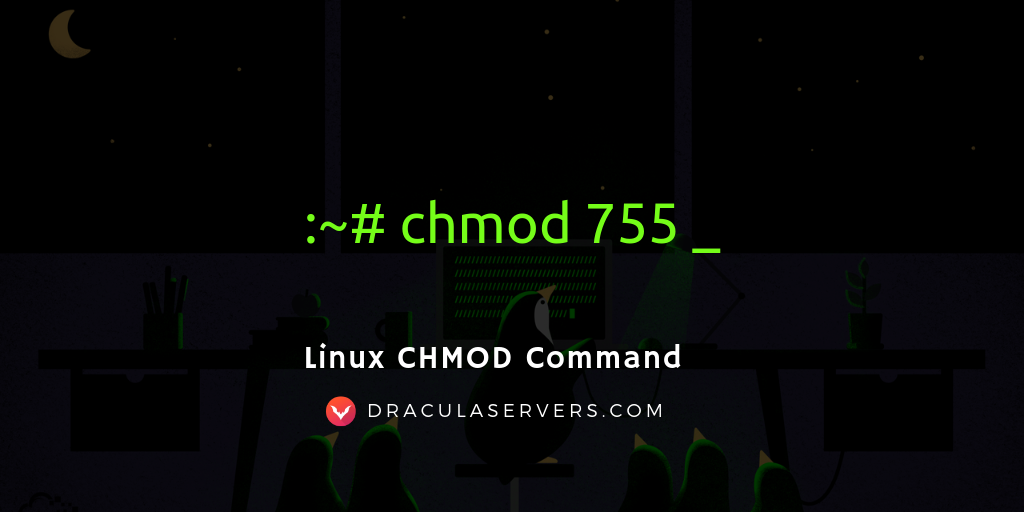



Linux Chmod Command Dracula Servers Tutorials




Understanding Linux Permissions And Chmod Usage
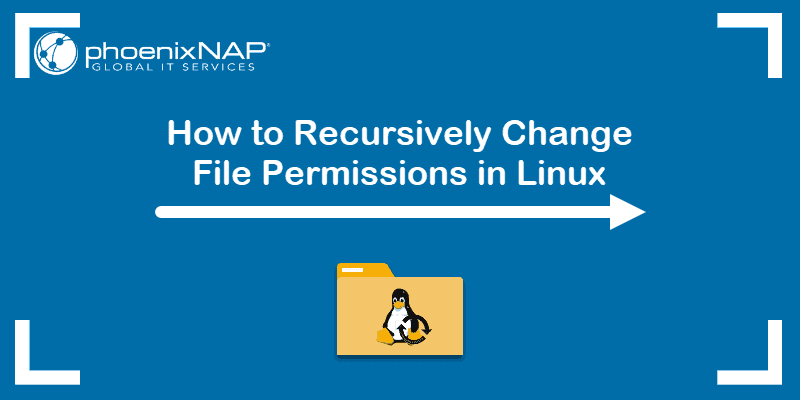



How To Change File Permissions Recursively With Chmod In Linux




How To Use The Terminal Chmod Command Demystified And Put To Use Youtube




Linux Permissions An Introduction To Chmod Enable Sysadmin



Using Chmod X Command On Linux And Unix With Examples Systemconf




7 Examples Of Command Chmod On Linux And Explanation



How To Use Chmod




Understanding File Permissions What Does Chmod 777 Mean Make Tech Easier
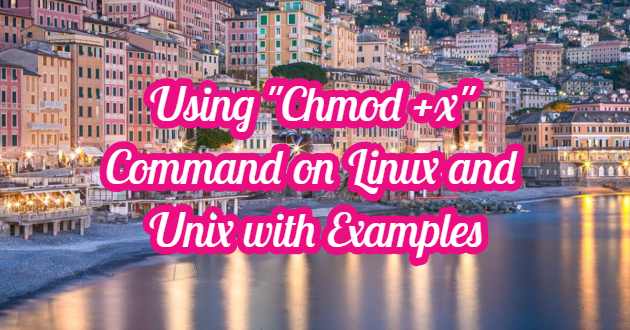



Using Chmod X Command On Linux And Unix With Examples Systemconf



Using Chmod X Command On Linux And Unix With Examples Systemconf
:max_bytes(150000):strip_icc()/i7guGwCYcn-34e068e148ae4e918b29c86cd2d5740e.png)



Configuring Unix Linux File And Directory Access Rights




Chmod All Files To 644 All Folders To 755 Of A Directory Nixpal
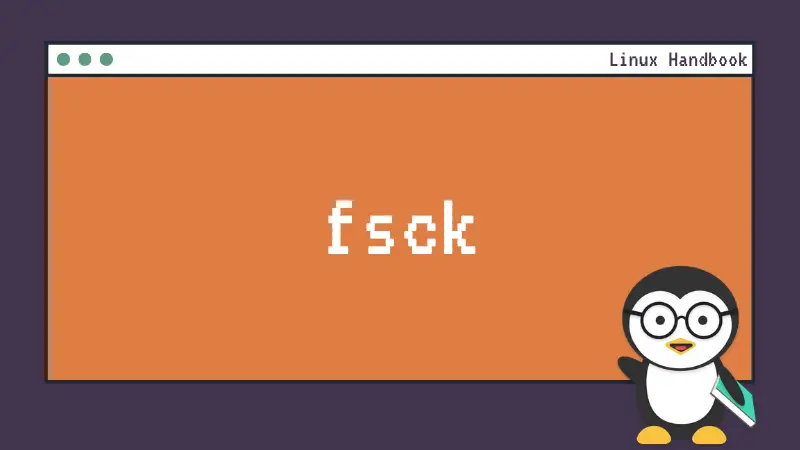



Chmod 777 Or 755 Learn To Use Chmod Command With Examples




An Introduction To Linux File Permissions Boolean World




Command Line What Is The Difference Between Chmod X And Chmod 755 Ask Ubuntu




What Is The Meaning Of Chmod 755 And How To Execute And Verify It
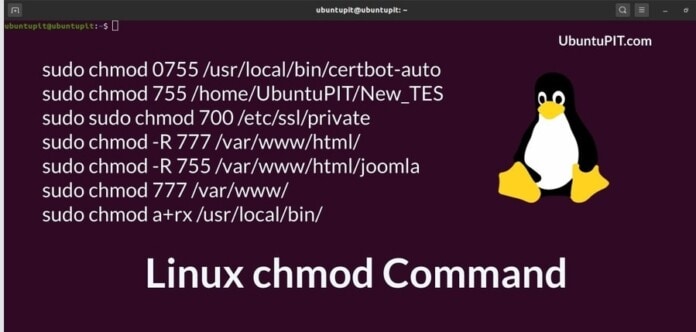



Everything You Need To Know About Linux Chmod Command
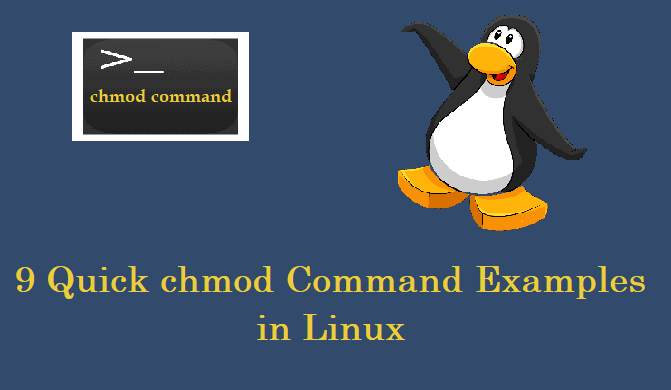



9 Quick Chmod Command Examples In Linux




File Chmod Gnu Png Wikipedia



How To Chmod Files Only On Linux




Chmod 777 In Terminal The Command To Make All Changes Affect Every File And Folder Ask Ubuntu




What Does Chmod 775 Mean Quora




Chmod 777 A Definitive Guide To File Permissions
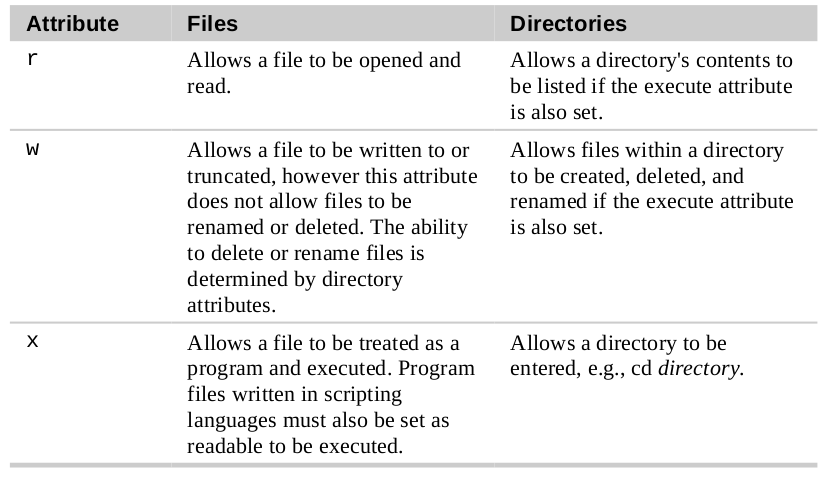



Chmod Wiki Ask Ubuntu




Chmod 777 A Definitive Guide To File Permissions




A Unix And Linux Permissions Primer Daniel Miessler




Chmod Command In Linux File Permissions Linuxize




Linux Chmod Command Linuxfordevices
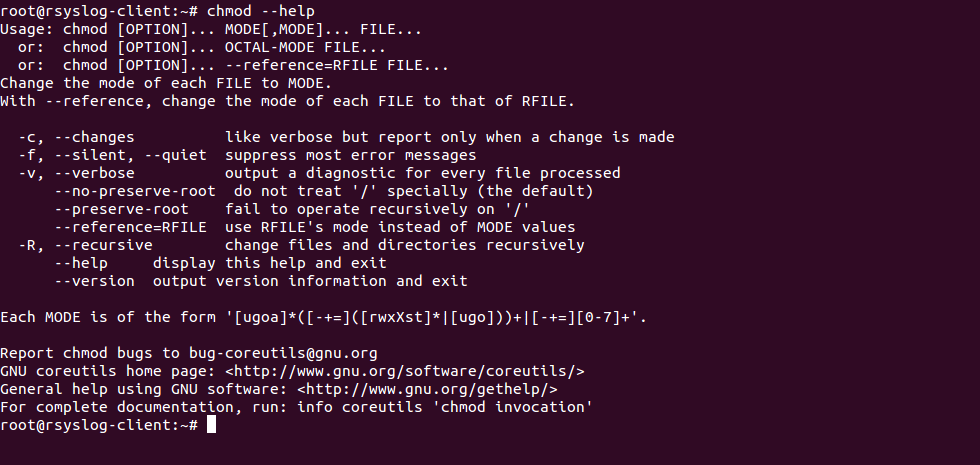



Chmod Recursive Change Permissions Recursively On Files Folders



Using Chmod X Command On Linux And Unix With Examples Systemconf




Chmod 755 775 Recursive Ssh Permissions Chmod 775 Vs 777




Chmod Command In Linux File Permissions Linuxize




Chmod 777 Or 755 Learn To Use Chmod Command With Examples




Linux File Permission Explained In Easy Language




Chmod 777 Or 755 Learn To Use Chmod Command With Examples




Javarevisited 10 Examples Of Chmod Command In Unix Linux



Chmod 777 Or 755 Learn To Use Chmod Command With Examples




Chmod 777 A Definitive Guide To File Permissions
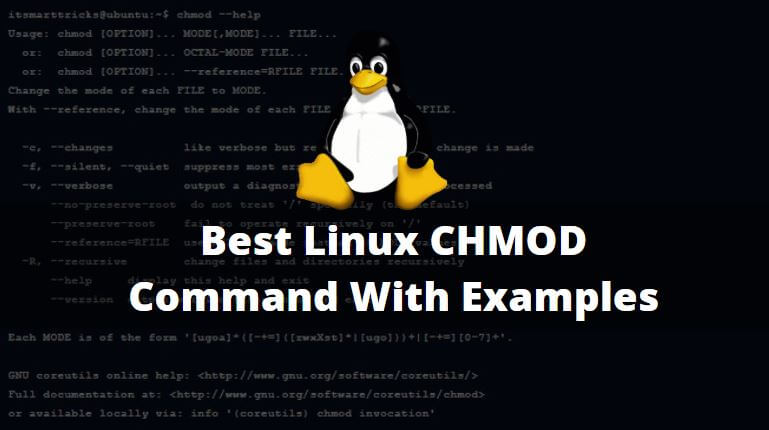



Best Linux Chmod Command With Examples It Smart Tricks




Linux Chmod Command Examples Journaldev




Understanding File Permissions




What Is The Meaning Of Chmod 755 And How To Execute And Verify It




Unix File Permissions Computer Science




40 Best Examples Of Find Command In Linux




Chmod Command Cheat Sheet Quick Reference




Chmod Command In Ubuntu 04 How It Works



Best Linux Chmod Command With Examples




9 Quick Chmod Command Examples In Linux



Q Tbn And9gcs Trmaopb41lzfo2wl Mi6olorurkywaddbudhnw Ne1mor3ct Usqp Cau




Chmod Wiki Ask Ubuntu




Chmod Command In Linux With Examples Geeksforgeeks




Linux Commands Chmod



Chmod X Windows Nativeyellow




Understanding File Permissions What Does Chmod 777 Mean Make Tech Easier




Chmod Command Linux Tutorial Syntax And Examples How To Use Chmod
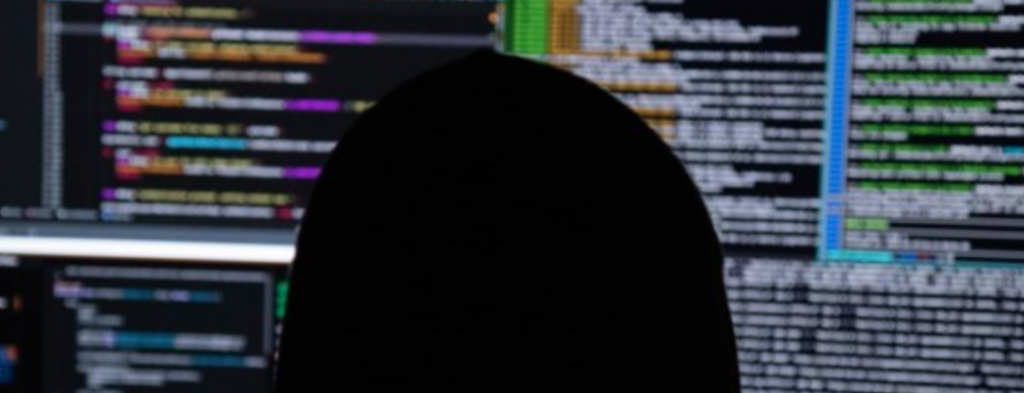



How To Change Linux S Permissions Through A Practical Example Of The Chmod Command




Chmod Command In Linux With Examples Geeksforgeeks




Linux Chmod Example




Linux Permissions Making Sense Of 755 And Rwxr Xr X Serverwise
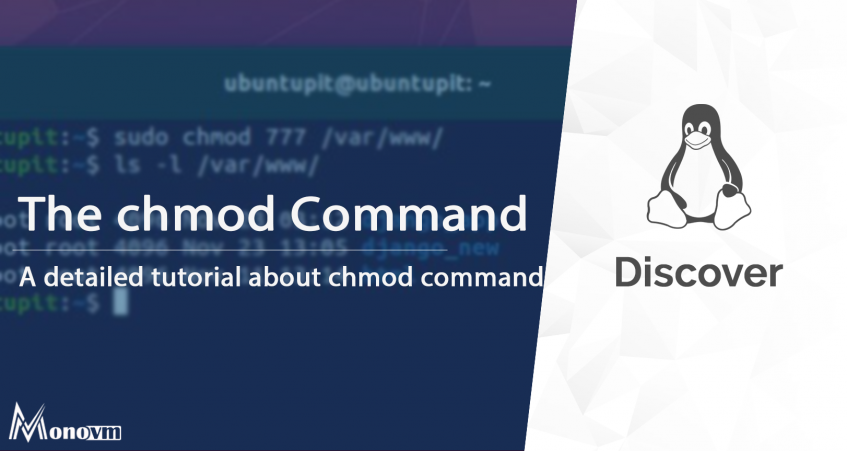



The Chmod Command




Chmod Recursive Change Permissions Recursively On Files Folders




Explained How To Use Chmod Command Complete Guide Youtube


